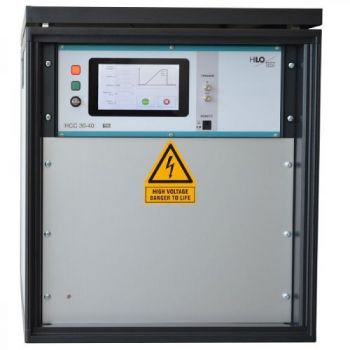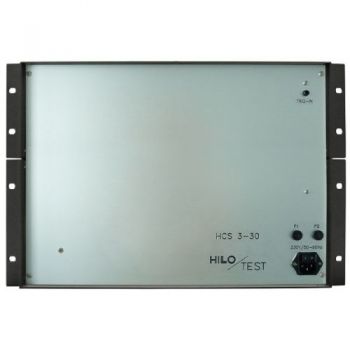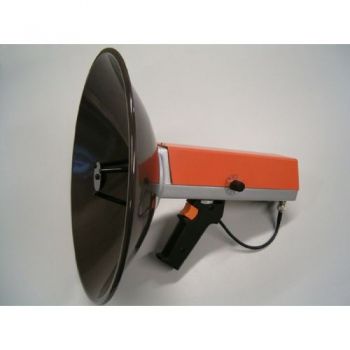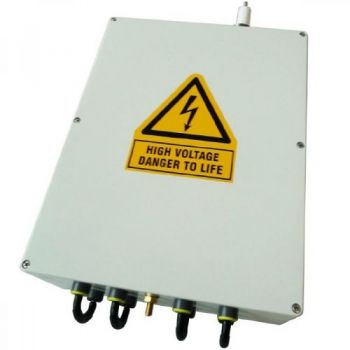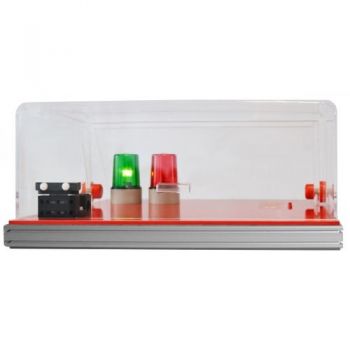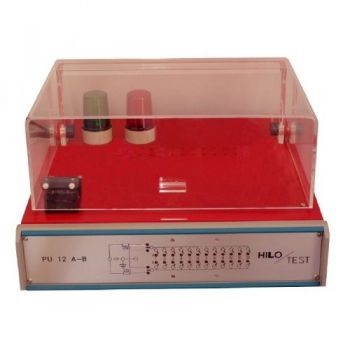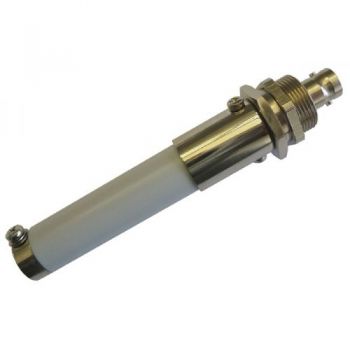Products
The surge current generators PG 10-25000 generate impulse currents with waveform 10/350 µs acc. to IEC, VDE etc.. Pulse current output amplitude is controlled by preset charging voltage and can be adjusted up to the maximum value of the special type of generator. The generator is designed for testing electrical components, over-voltage protectors and electronic circuits. It possesses an electronically regulated high-voltage power supply, which allows an excellent reproducibility of the pulse output amplitude.
The surge current generators PG 10-7000 generate impulse currents with waveform 10/350 µs acc. to IEC, VDE etc.. Pulse current output amplitude is controlled by preset charging voltage and can be adjusted up to the maximum value of the special type of generator. The generator is designed for testing electrical components, over-voltage protectors and electronic circuits. It possesses an electronically regulated high-voltage power supply, which allows an excellent reproducibility of the pulse output amplitude.
The high current pulse generator PG 5-4500 has been designed for pulse-current testing of electric components, overvoltage protectors and electronic circuits acc. IEC, VDE etc.
The HCC consists essentially of a control unit, a capacitor charger and other auxiliary equipment for the operation of generators.
The surge current testing device HCS 3-30 is used for surge current testing of capacitor windings. The capacitor to be tested is on an adjustable voltage, 0,005 - 3000 V, charged and then discharged via a triggerable switch.
External partial discharges at high-voltage electrodes (corona) possess an acoustic spectrum, which extends to the ultrasonic region. Because of the strong directivity of high-frequency sound waves, ultrasonic detectors do not only allow detection, but also the localization of corona discharges, for instance, in switchyards, high-voltage test set-ups or transmission lines. The ultrasonic detector USD 38O1/38O2 operates at a frequency of approx. 33 kHz that is particularly suitable for external partial discharge detection. The combination of a highly directional ultrasonic microphone and a parabolic reflector system allows an exceptional directivity of the acoustic sensitivity. The microphone output signal is picked up by a selective amplifier and transformed into an audible signal. This allows a simple evaluation of the partial discharge intensity by headphones.
The Capacitor Calibration Kit CCK has been designed to measure the pulse output voltage of surge generators PG10-200, PG12-360 and PG20-100.
The safety test cabinets PA 50* are designed for high-voltage testing of components and PCB's etc.
- Max. test voltage 12 kV / 24 kV
- Safety interlock switch
- Warning lights
- acc. to VDE 0104
- (PA 5xx series)
For high-voltage testing of components, DUTs are available for various pulse generators. The use of these DUTs significantly reduces placement times and significantly increases throughput.
The Pulse Voltage Divider PVD 10-2 & PVD 10-3 have been designed to measure the pulse output of surge generators, e.g. a combination wave generators. It consists of the divider and a double-shielded coaxial cable. The measuring cable with the termination network is an essential part of the divider. The termination network can be adjusted for an oscilloscope input impedance of 1 M? // 10 - 30 pF.



